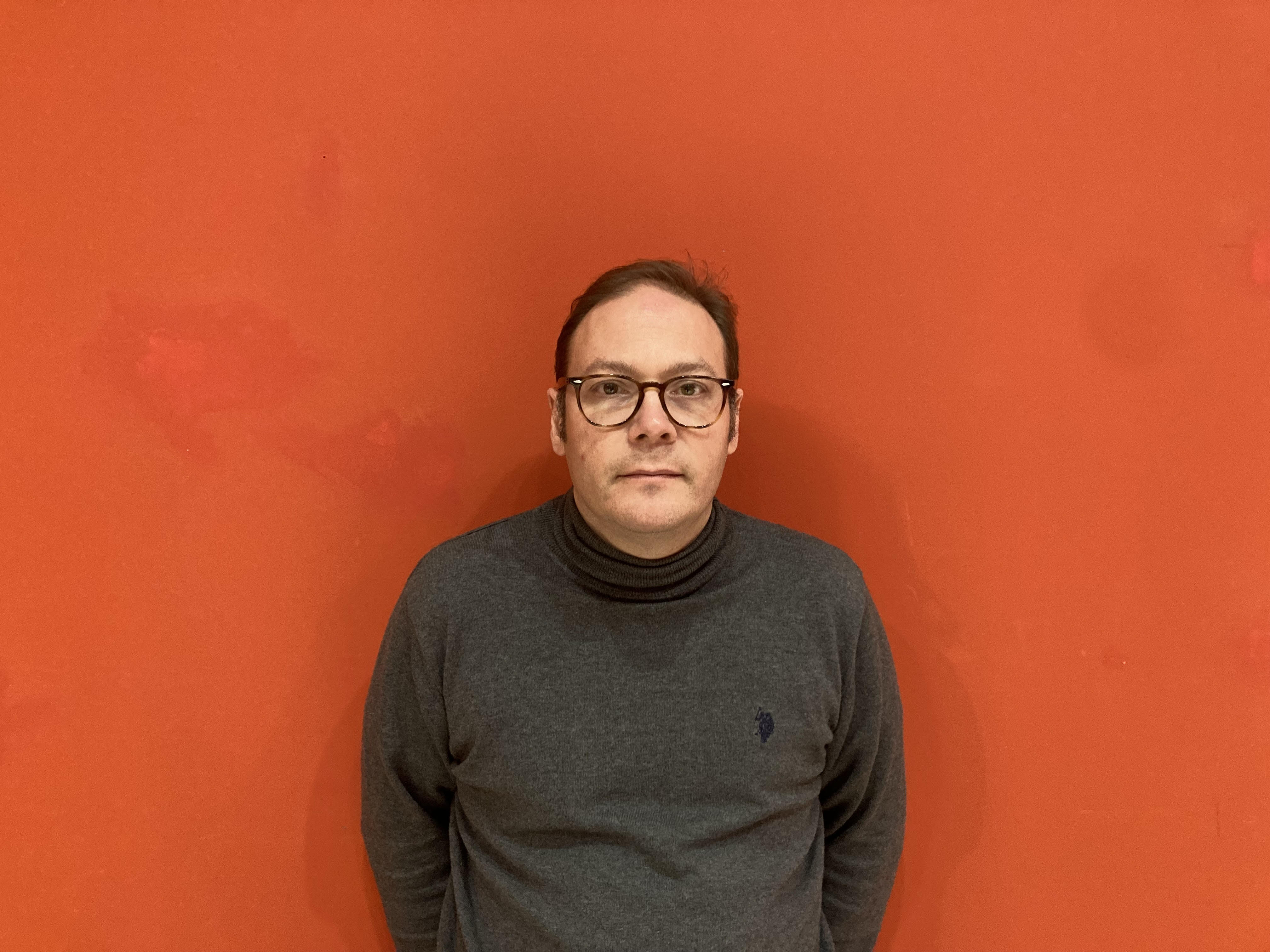Meet the ED Awards 25 Jury – Étienne Hervy (France)
January 23, 2025

EDAwards Jury, EDAwards25, France, Graphic Applications
Étienne Hervy is a Paris-based curator, writer, and educator whose career is dedicated to advancing the appreciation of graphic design and visual culture. His multifaceted work reflects a deep engagement with the intersections of design, arts, and publishing.
As the former art director and curator of the Chaumont Graphic Design Festival, Étienne shaped the festival’s programming and played a pivotal role in establishing its reputation as a hub for contemporary graphic design. He also contributed to the development of the Chaumont Graphic Design Center, a significant milestone in promoting graphic design as a cultural practice.
Étienne served as editor-in-chief of étapes: for over a decade, transforming the magazine into a leading platform for design discourse. Through his editorial work, curatorial projects, and teaching, Étienne has become a key voice in design, inspiring the next generation of cultural practitioners to view graphic design as both a professional discipline and a cultural force.
He was recently appointed as director of le TRACé, a public establishment which reunites in Echirolles (Grenoble area) an art center and a biennial both dedicated to graphic design with two museums devoted to art and industrial memory.
Étienne Hervy’s contributions to graphic design as a curator, writer, and educator ensure that his role as a jury member for the European Design Awards enriches the competition’s commitment to celebrating diversity, innovation, and cultural significance in design.
Q: What makes the European Design Awards special to you?
A: From a designer’s perspective, the first thing that stands out is its international scope. It’s not about size but about cultures—finding what unites us while also appreciating our different perspectives and values. In today’s world, those questions might feel somewhat unusual or even awkward. I’m reminded of something Pierre Bernard, one of the founders of Grapus, once told me. He designed a poster about Europe using lyrics from the Belgian singer Arno:
“Putain, putain,
C’est vachement bien,
Nous sommes quand même,
Tous des Européens.”
If I recall correctly, the poster wasn’t accepted. A pity, really.
On a personal note, I think back to the early editions of the European Design Awards when Michel Chanaud, the co-founder of Étapes: (who left us in 2018), was on the jury. He would return to us young journalists brimming with enthusiasm, sharing his experiences, the people he met, and the discoveries he made.
Q: What excites you most about European design today?
A: I’m not even sure we’d all agree on what “design” truly means—and I love that. A competition isn’t just about individual entries; it’s about how everything comes together at a specific moment, in a specific place, with a group of people who must harmonize like an orchestra.
Design competitions aren’t about winning or recognition as much as they are opportunities to reflect on what design can be and how it connects to the world and to itself.
Q: Is there a particular trend or approach in design that you think represents the future of creativity in Europe?
A: I hope not—at least if we’re talking about specific tastes, styles, schools, generations, or working methods. I’m drawn to things I don’t understand, things that don’t resemble what I’ve seen or heard before.
I’m not sure if there’s such a thing as “European design.” History and current events show that designers can transcend borders, sometimes for better, sometimes for worse. But I do believe that European designers are uniquely positioned to reinvent themselves through cross-pollination, adaptation, and evolution.
This ability to transform is critical—not just for design but for all areas of life: political, social, architectural, and cultural. It’s crucial in public spaces, private initiatives, and individual pursuits.
Perhaps it’s time to reevaluate how we approach communication, language, aesthetics, and the dissemination of visual media. Today, we hear more about “media content,” which often suggests quantity over quality, or “language elements,” which sometimes imply insincere simplifications. These trends have tangible effects—on our minds (causing confusion and stagnation), our hearts (numbing sensitivity), our eyes (dimming perception), and society itself (causing rigidity and fragmentation).
Q: What advice would you give to designers aspiring to stand out in a competition like the European Design Awards?
• Take a deep breath, smile, and be polite to others—but there’s no need to choose a fancy stamp (unless you’re Dutch).
• “Fly casual.”
• Decide how you want your work to be understood—or let others misinterpret it.
• Precision and freedom are not the same; one is an illusionary trap.
• Avoid self-censorship. Design is about making choices—half-hearted choices lead to half-hearted design.
• “Radicality” is about roots and depth, not about wielding an axe.
• And finally, never take advice from someone you don’t know.